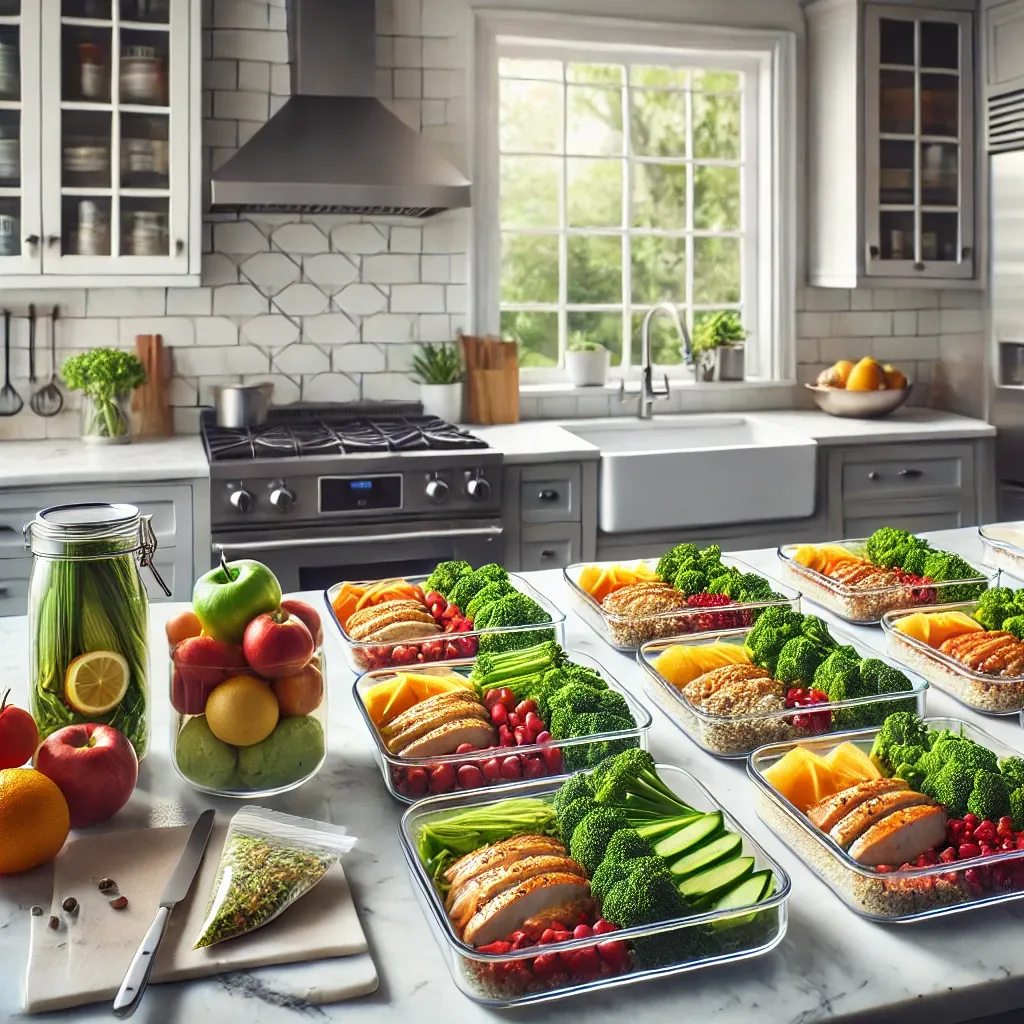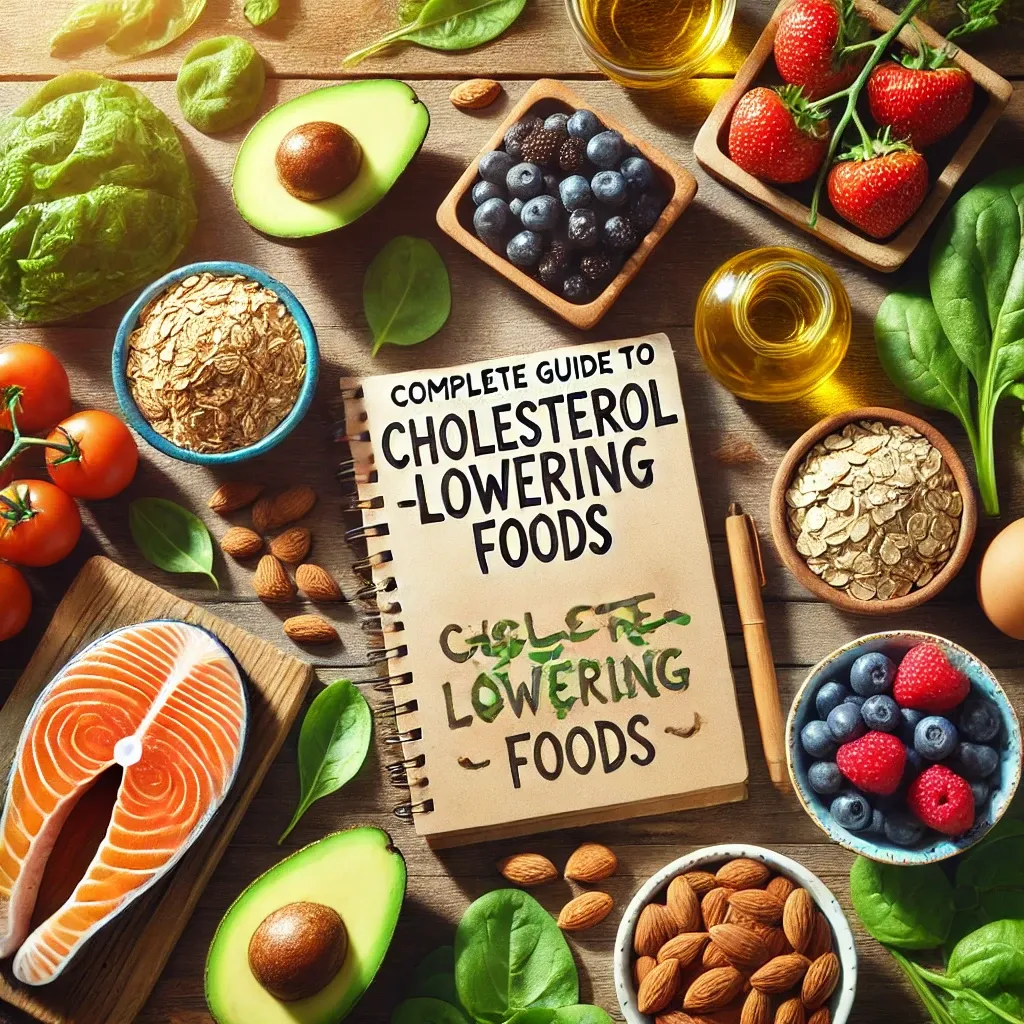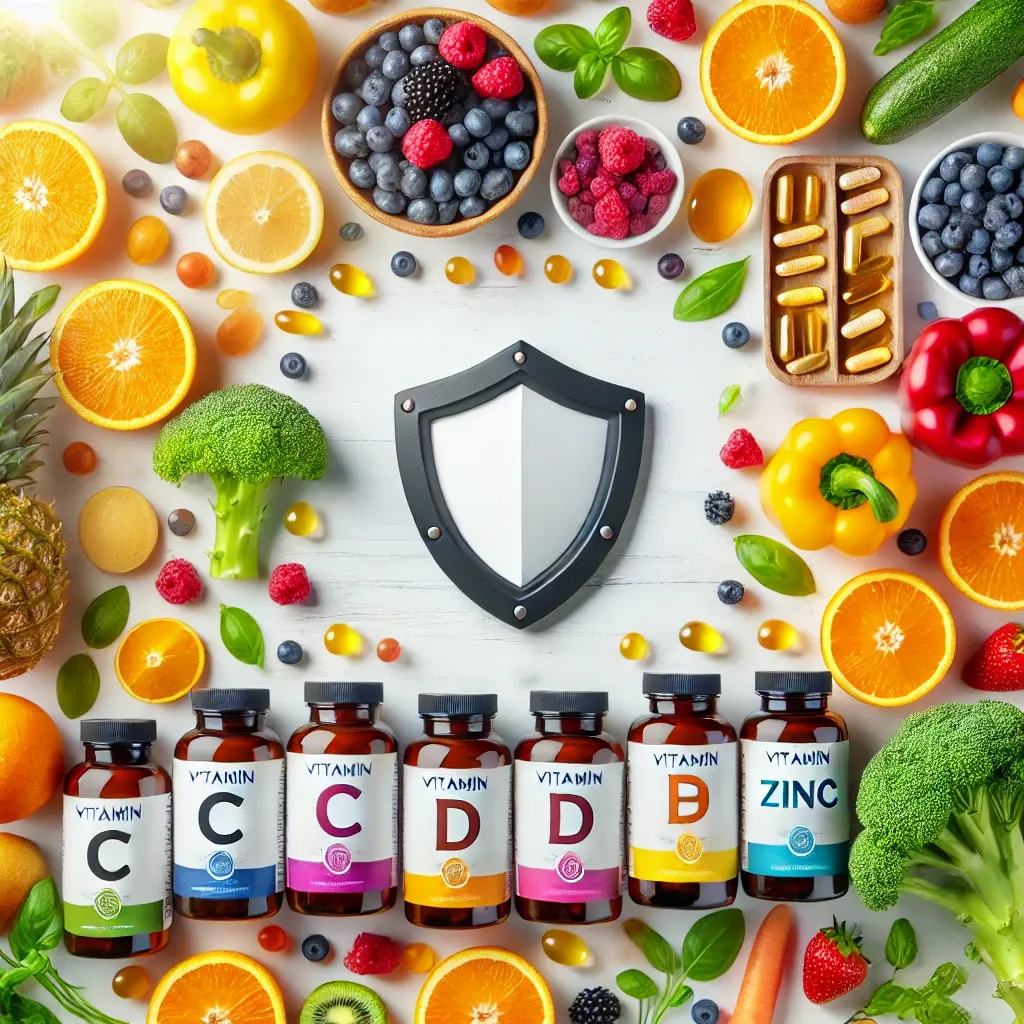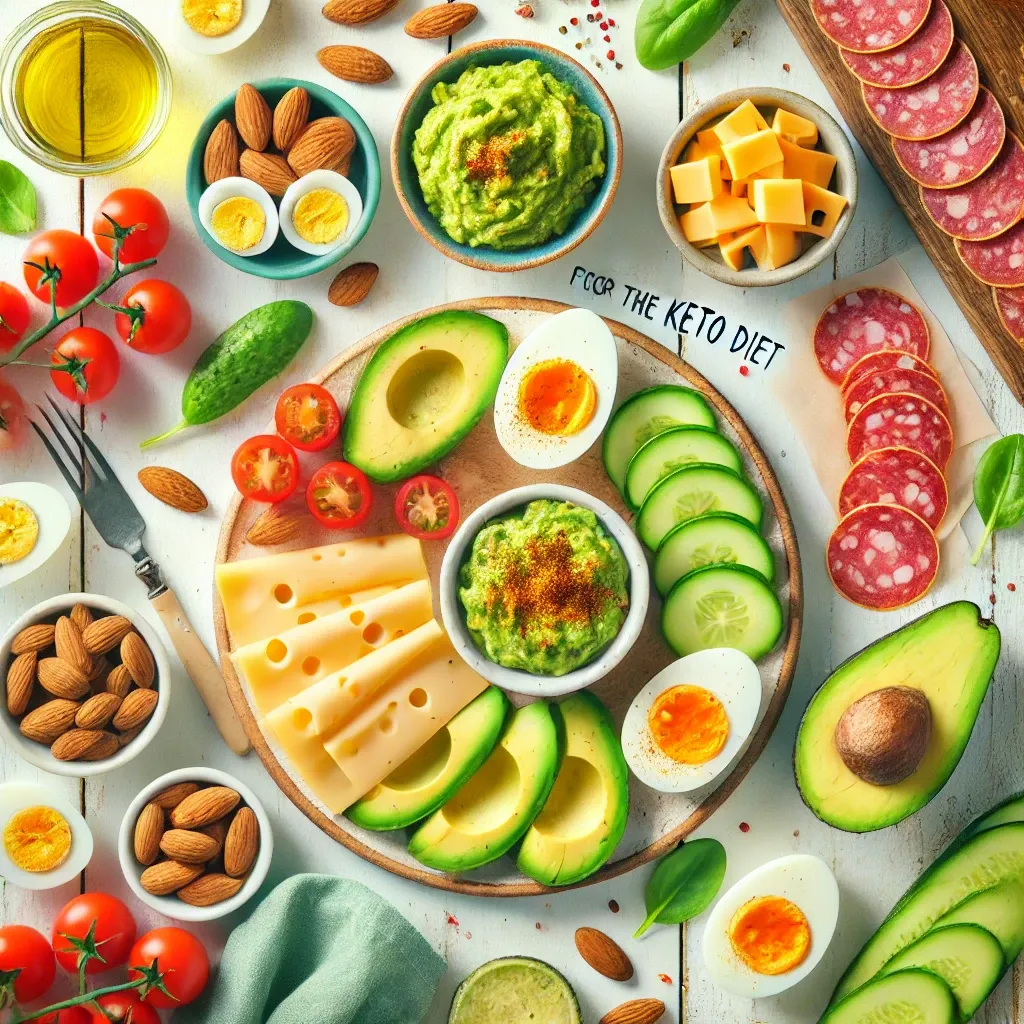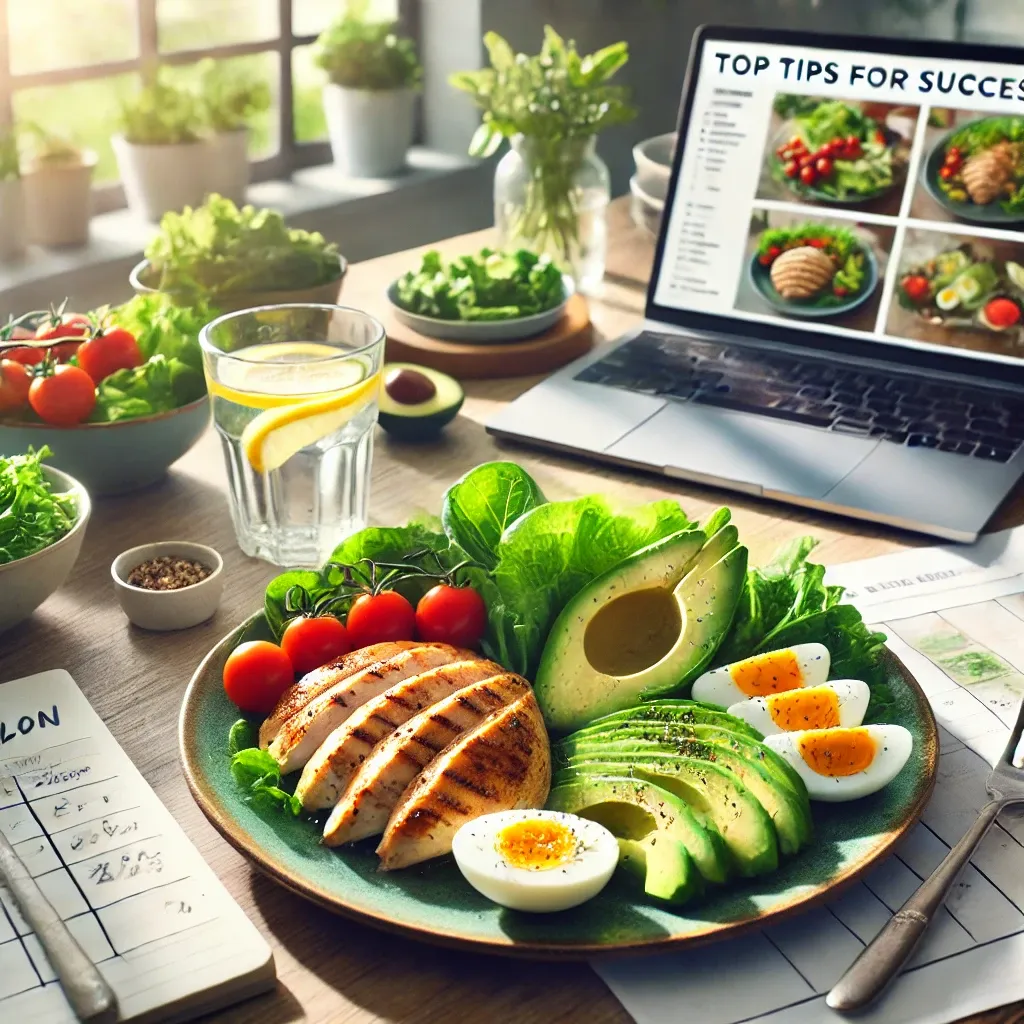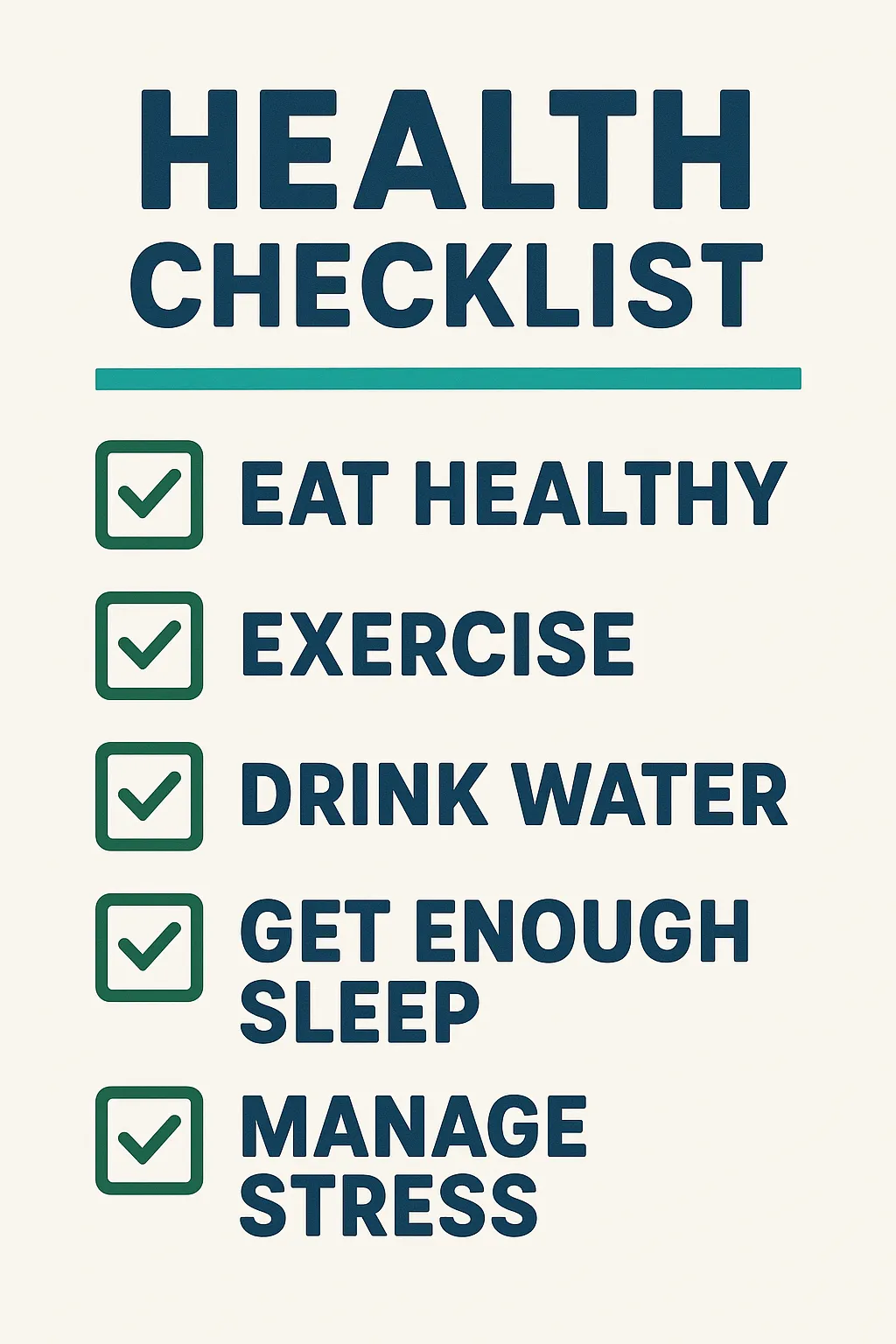📋 Table of Contents
Clean eating is a dietary habit that focuses on consuming unprocessed, natural foods to maintain health. It emphasizes avoiding sugar, chemical seasonings, and trans fats, while building meals around fresh ingredients.
In today’s busy world, a method called “meal prep” is gaining popularity as a way to maintain a healthy diet. It involves preparing meals in advance for the week or several days, saving time while keeping your diet consistent.
Personally, when I meal prep every Sunday, I can enjoy healthy meals all week without the stress of deciding what to eat. In my opinion, meal prep is the best health routine for modern busy people! 🍳
🥗 What is Clean Eating?
Clean eating is not just a diet method but a dietary habit aimed at a healthier lifestyle. It prioritizes fresh, natural foods over chemically processed products and emphasizes nutritional balance. This can help boost immunity, increase energy, and improve skin health.
For example, it means choosing whole grains like brown rice or quinoa over white rice, and cooking fresh vegetables and proteins instead of relying on frozen foods. It’s not just a “diet plan”—the focus is on eating what’s truly good for your body.
Clean eating is also aligned with environmental values. Using seasonal ingredients grown locally helps reduce carbon emissions and supports local farmers. It’s a practice that supports both health and sustainability.
For those who find it hard to prepare three meals a day, meal prep is the best way to maintain clean eating. With a plan and some food containers, it becomes much easier to stick with it. 👌
🥦 Summary Table of Representative Clean Eating Ingredients
| Category | Recommended Ingredients | Benefits |
|---|---|---|
| Carbohydrates | Brown rice, oats, sweet potatoes | Energy supply, satiety |
| Proteins | Chicken breast, eggs, tofu | Muscle maintenance, stamina boost |
| Fats | Avocado, nuts, olive oil | Brain function, skin health |
| Vegetables | Broccoli, spinach, bell peppers | Vitamins, dietary fiber |
| Fruits | Berries, bananas, apples | Antioxidants, immunity boost |
By incorporating a variety of ingredients from each category, you can achieve a balanced diet. If you cook with diverse colors and avoid picky eating, it also makes meals more enjoyable. 🍽️
Clean eating is not a difficult diet. It’s actually a way of caring for yourself through a natural and simple eating lifestyle. It helps you break free from harmful dieting habits and guides you toward healthier, more sustainable choices.
💪 Benefits of Meal Prep
Meal prep offers more than just saving time. For busy people, it’s the smartest way to protect both “health” and “time.” Especially when practicing clean eating, meal prep becomes an almost essential tool.
The first benefit is maintaining consistency in your diet. You don’t have to worry about what to eat each meal — with healthy food already prepared, there’s less chance of straying from your plan. When you’re hungry, it’s easy to be tempted by fast food, but meal prep blocks that temptation.
The second benefit is saving time and money. Buying and cooking ingredients in bulk reduces grocery trips and cuts back on unnecessary dining out. Investing just 2–3 hours on the weekend can give you a week of healthy meals, making it ideal for workers or students!
Third, it helps with nutrition management. When you prepare food yourself, you naturally check what nutrients are included and can adjust your protein–carb–fat balance accordingly. It definitely helps you build a healthier body. 💯
🧠 Meal Prep Benefits Summary Table
| Benefit | Description | Recommended For |
|---|---|---|
| Time saving | Prepare a week’s worth of meals in 2–3 hours | Office workers, moms, busy students |
| Healthy diet maintenance | Reduces snack temptation, keeps nutrient balance | Dieters, health-conscious individuals |
| Cost saving | Cuts dining out and allows bulk ingredient buying | Single households, frugal consumers |
| Improved eating habits | Shifts toward whole foods, builds healthy routines | Anyone interested in better health |
So, meal prep is more than just cooking ahead of time — it’s a habit that creates a “health routine.” You don’t need to cook every meal daily, which reduces stress and improves quality of life.
In fact, people who practice meal prep report benefits like weight loss, better digestion, and improved focus. A small effort that leads to big change! 💡
📌 Basic Principles of Clean Meal Prep
To properly practice clean eating meal prep, it’s important to keep a few key principles in mind. Simply preparing food in advance doesn’t guarantee a healthy diet. You need to carefully consider ingredient choices, cooking methods, and storage practices.
The first principle is food quality. Ingredients must be fresh and unprocessed. Avoid frozen or ready-made products, and go for organic or seasonal ingredients when possible. Choose whole grains for carbs, and lean cuts for protein.
The second is cooking methods. Use low-fat techniques like steaming, baking, or boiling instead of frying. Use minimal seasoning, and try to reduce salt and sugar. You can still create great flavor with herbs and spices while keeping meals healthy.
The third is balanced composition! Each meal should include protein, complex carbs, healthy fats, and vegetables. A balanced nutrient intake keeps you full longer and provides the energy your body needs.
🥗 Clean Meal Prep Composition Checklist
| Component | Examples | Function |
|---|---|---|
| Protein | Chicken breast, salmon, boiled eggs | Muscle maintenance, satiety |
| Carbohydrates | Brown rice, sweet potatoes, lentils | Energy supply |
| Vegetables | Broccoli, cucumber, bell peppers | Vitamin and mineral intake |
| Healthy Fats | Avocado, almonds, olive oil | Hormone function, skin health |
Also, pay close attention to **storage** when doing meal prep. Store ingredients separately in airtight containers, and combine refrigeration and freezing properly to keep food fresh longer. For salads, always store dressings separately. 🥬
It’s also important to plan for a week and make your menu diverse. Eating the same meal every day can be boring and nutritionally unbalanced. Try to vary your dishes by color and cooking style to keep things fun and engaging. 😊
In short, clean meal prep is not just about “pre-cooking,” but about creating a “strategic health plan.” It’s an investment in your body and a routine that gives peace of mind!
🍽️ Recommended Meal Prep Examples
Now let’s look at real-life meal prep examples for clean eating. These ideas will help you eat deliciously and healthily without worrying every mealtime. Feel free to customize and create your own routine!
1️⃣ Monday–Wednesday Breakfast: Oatmeal + almonds + blueberries + a drizzle of honey → A perfect start packed with whole grains, fiber, and antioxidants. Enjoy it warm or cold.
2️⃣ Lunch: Grilled chicken breast + quinoa salad + avocado slices → A high-protein, high-fiber combo that keeps you full and benefits your skin. Dress it lightly with lemon juice and olive oil.
3️⃣ Dinner: Salmon steak + sweet potatoes + roasted broccoli → A well-balanced dinner with protein and healthy fats. Use an air fryer or oven for easy cooking and great taste.
🍳 Clean Meal Prep Weekly Menu Example
| Day | Breakfast | Lunch | Dinner |
|---|---|---|---|
| Mon | Oatmeal + blueberries | Chicken breast salad | Salmon + sweet potatoes |
| Tue | Eggs + toast + banana | Brown rice + chicken thigh | Tofu steak + stir-fried veggies |
| Wed | Greek yogurt + nuts | Quinoa + roasted veggies | Salmon poke bowl |
| Thu | Smoothie bowl + granola | Whole wheat pasta + chicken breast | Fried egg + seasoned vegetables |
| Fri | Brown rice + miso soup | Tuna salad + lentils | Chicken breast rice bowl |
Printing out this meal plan and sticking it on your fridge makes it super convenient. It may seem like a hassle at first, but after two weeks, it becomes a routine—and you might even feel strange without it.
You can also keep your snacks clean! Prepare boiled eggs, a handful of nuts, Greek yogurt, or carrot sticks in advance so you can avoid temptations when hunger strikes. 😋
Your meal plan should be tailored to your body type and goals, so use this as a guide and adjust it for yourself. Perfection isn’t necessary — what matters most is taking clean steps, little by little.
🧂 Essential Tools for Meal Prep
To do clean meal prep properly, you need a few essential tools. These aren’t just for cooking — they also help with storage and time-saving. The right gear makes prep more efficient and keeps food fresh. Equipment matters more than you think! 😎
First must-have: airtight containers. Use glass or BPA-free plastic containers in various sizes. You’ll need to pack different foods separately and divide between fridge and freezer. Transparent containers make it easy to see what’s inside at a glance.
Second: a food scale. Measuring portions accurately helps with nutrient tracking — especially essential if you’re also managing your diet. If you just eyeball it, calorie counts can easily be off.
Third: an air fryer or oven. Oil-free cooking tools are core to clean eating. Great for veggies, meat, and fish. They save cooking time and make cleanup easier too.
📦 Meal Prep Tool Checklist
| Tool | Function | Why It’s Useful |
|---|---|---|
| Airtight containers | Store food | Keeps freshness, easy to transport |
| Food scale | Accurate measurement | Precise nutrition tracking |
| Air fryer | Oil-free cooking | Convenient & healthy prep |
| Measuring cups/spoons | Exact portions | Control seasonings, prevent overuse |
| Kitchen timer | Track cooking time | Saves time, avoids overcooking |
Other tools like blenders and slow cookers can also be super helpful. If you often make smoothies or soups, a blender is essential — minimal effort, yet it creates a beautiful, nourishing meal!
With the right tools, meal prep becomes much easier and more enjoyable. Investing in gear is really an investment in your health. It may feel like a lot at first, but once you’ve got them, they’ll last you years.
🧡 Practical Meal Prep Tips
If you’re ready to dive into real-life meal prep, here are some must-know tips! These will help even beginners prep delicious and healthy meals without fail. A single small tip can make your week’s diet a success. 💡
✅ Tip 1: “Cook two or more dishes at the same time.” Use the oven, stovetop, and rice cooker all at once to save time. For example, bake salmon in the oven, cook chicken breast in a pan, and make brown rice in the cooker. Efficient multitasking is key!
✅ Tip 2: “Blanch vegetables before storing.” Raw veggies get soggy and lose texture quickly. Lightly blanch broccoli, zucchini, or carrots so they stay fresh in the fridge for 4–5 days.
✅ Tip 3: “Store sauces separately.” Don’t pre-mix dressings or sauces — they’ll make your meals soggy. Especially with salads, keep sauces in small bottles so you can enjoy them fresh anytime!
🍯 Meal Prep Tip Summary Table
| Tip # | Content | Benefit |
|---|---|---|
| 1 | Use multiple cooking devices simultaneously | Cuts cooking time |
| 2 | Blanch veggies before storing | Extends shelf life |
| 3 | Separate sauces | Keeps meals fresh |
| 4 | Separate fridge/freezer storage | Prevents spoilage |
| 5 | Plan in 3-day batches | Prevents boredom, keeps freshness |
✅ Tip 4: “Separate fridge and freezer storage.” Eat the soon-to-expire items first (fridge), and freeze anything for later. Thaw in the fridge slowly instead of using the microwave — it preserves taste and texture better.
✅ Tip 5: “Plan in 3-day cycles.” Prepping for a whole week at once can get tiring. 3-day batches reduce spoilage and keep meals interesting and enjoyable. Helps you stay on track without getting overwhelmed!
With these tips, you’ll be a meal prep master in no time! Now, let’s tackle the 8 most frequently asked questions. Don’t miss them! 🔍
🔍 FAQ
Q1. How many days’ worth of food should I prep?
A1. For refrigerated storage, 3 days is ideal. With freezing, you can prep for up to 5–7 days. For vegetables, aim to eat them within 3 days.
Q2. My meal prep spoils quickly. How can I store it longer?
A2. Always let food cool completely before sealing. Blanch or sauté veggies, and cook proteins thoroughly. Store in airtight containers in the fridge or freezer.
Q3. Isn’t eating the same meals boring?
A3. Vary your meals with different sauces and spices! For example, change up chicken breast with curry, basil, or lemon. One ingredient, many flavors!
Q4. What are good protein sources for meal prep?
A4. Chicken breast, eggs, tofu, salmon, lentils, and chickpeas are great. Mix animal and plant-based proteins for balance.
Q5. Do I really need carbs in meal prep?
A5. Yes! Complex carbs like brown rice, oats, sweet potatoes, and whole wheat help you feel full and sustain energy. Don’t skip them.
Q6. Won’t the same lunchbox daily cause nutrient imbalance?
A6. That’s why weekly menu planning is key! Just using different colored vegetables increases your nutrient variety significantly.
Q7. Doesn’t meal prepping take too long?
A7. Cooking in bulk actually saves time! Use multitasking and devices like the oven, rice cooker, and air fryer to your advantage.
Q8. Frozen meals lose taste. Any tips?
A8. Adjust moisture levels before freezing, and thaw slowly in the fridge. Reheat gently to revive flavor and texture.
